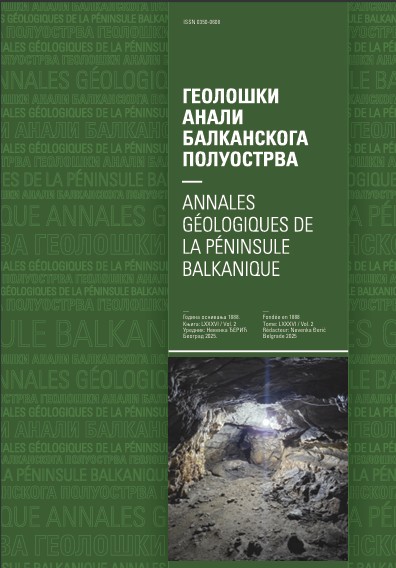Geoheritage sites with palaeogeographical value: some geotourism perspectives with examples from Mountainous Adygeja (Russia)
Abstract
Geoheritage sites with palaeogeographical value are excellent venues for geotourism. These sites preserve information about ancient environments, ecosystems, and their dynamics that may be of interest to professionals, students, amateur scientists, and the general public. Palaeogeographical geoheritage sites (geosites) can be used to successfully increase public awareness of past and future climate changes. However, because palaeogeographical information is typically complex and not directly visible, professional interpretation is necessary. Successful interpretive tools include posted signs and education activities that engage visitors in scientific research. Using modern analogues to help visitors visualize past environments and ecosystems may be particularly effective. Professional interpretation helps foster visitor awareness of a geosite’s value. We suggest that some geosites can be visited sequentially on a guided excursion and propose a route for observing five geosites that exemplify the geodiversity of Mountainous Adygeja (Western Caucasus, southwestern Russia). Guided geosite excursions would introduce visitors to a broad diversity of palaeoenvironments and deepen their understanding of palaeogeographical phenomena. However, carrying capacity should be evaluated seriously for any geosites that are incorporated into palaeogeographical tourist excursions.
Copyright (c) 2022 Geološki anali Balkanskoga poluostrva

This work is licensed under a Creative Commons Attribution 4.0 International License.










